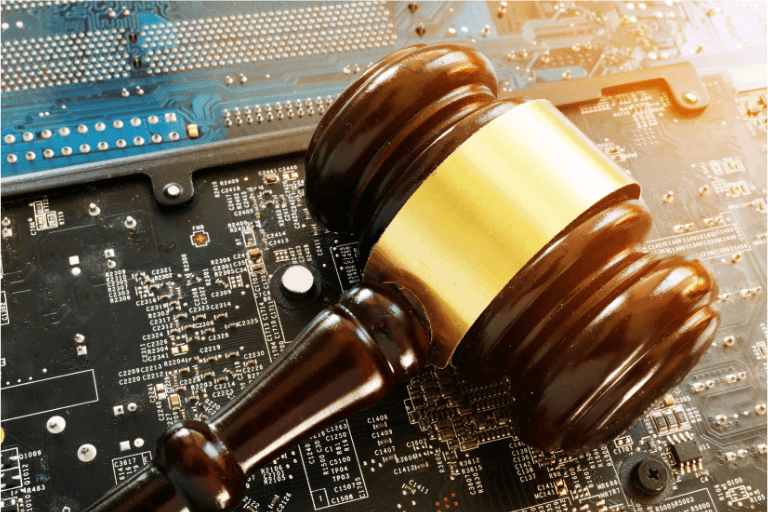A 40 CFR Part 60 Overview
The 40 CFR Part 60 regulations, otherwise known as New Source Performance Standards (NSPS), are pollution control standards issued by the Environmental Protection Agency. Adherence to NSPS maintains the air quality in an area or region by reducing or eliminating pollutants’ release.
The EPA classifies each U.S. county’s status as in “attainment” or “non-attainment” for each of the NSPS standards. The EPA permits “attainment” counties’ new or modified sources to operate in such a manner that maintains attainment and avoids “non-attainment.” The agency regulates the “non-attainment” counties’ sources to reduce emissions to achieve attainment status within several years.
The Part 60 regulations consist of various subparts based on the business sector or industrial group, the type of emission source, fuel combusted, and pollution control equipment—the subparts number in the several hundred.
What Does 40 CFR Part 60 Do?
The U.S. Congress established the New Source Review (NSR) Permitting program as part of the 1977 Clean Air Act Amendments. NSR requires stationary sources of air pollution to get permits before construction starts.
The EPA’s permitting program protects air quality when factories, industrial boilers, and power plants are newly built or modified. NSR permitting also assures that new or modified industries are as clean as possible, and advances in pollution control occur concurrently with industrial expansion.
The EPA organizes pollution control laws with varying degrees of stringency. The different standards are based on several factors, including whether the pollution source is an existing facility when the standard is published or constructed after publication. The standards for new sources may be more stringent than for existing facilities because a new plant has access to the latest and most advanced control technology.
What Are the 40 CFR Part 60 Subparts?
The subparts of Part 60 are based on business sector or industrial group, the type of emission source, fuel combusted, and pollution control equipment. The subparts number in the several hundreds.
The Clean Air Act requires the EPA to set National Ambient Air Quality Standards (NAAQS) for six common pollutants (also known as “criteria air pollutants”).
The pollutants are:
-
particulate matter
-
photochemical oxidants (including ozone)
-
carbon monoxide
-
sulfur oxides
-
nitrogen oxides
-
lead
The EPA calls these “criteria” air pollutants because it sets NAAQS for each based on the “criteria”, characterizations of the latest scientific information regarding its effects on health or welfare. These pollutants are found all over the U.S. They can harm your health and the environment and cause property damage.
How We Help You Comply With 40 CFR Part 60 Requirements
We are a full solution provider for air emissions compliance: from building CEMS shelters and performing maintenance on them, to developing Data Acquisition Systems and other compliance software, to testing, repairs, spare parts…and all the DAS and CEMS services to support those activities. Please Contact Us to see how we can help you.
Interested in learning more about regulations and staying in compliance? Read our Definitive Guide to Air Emissions Regulations.


